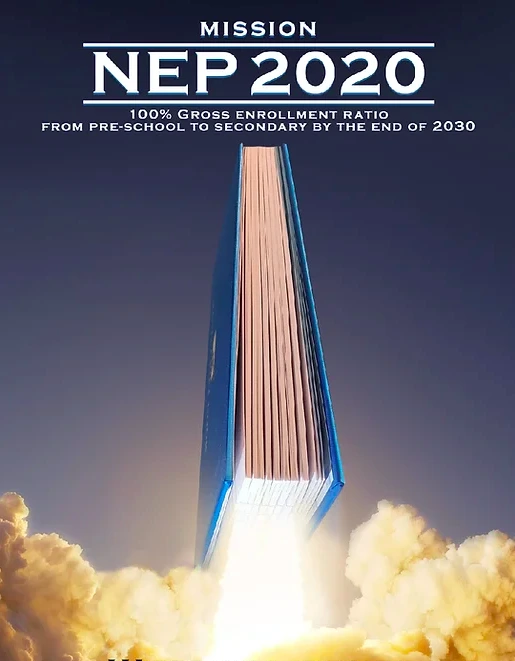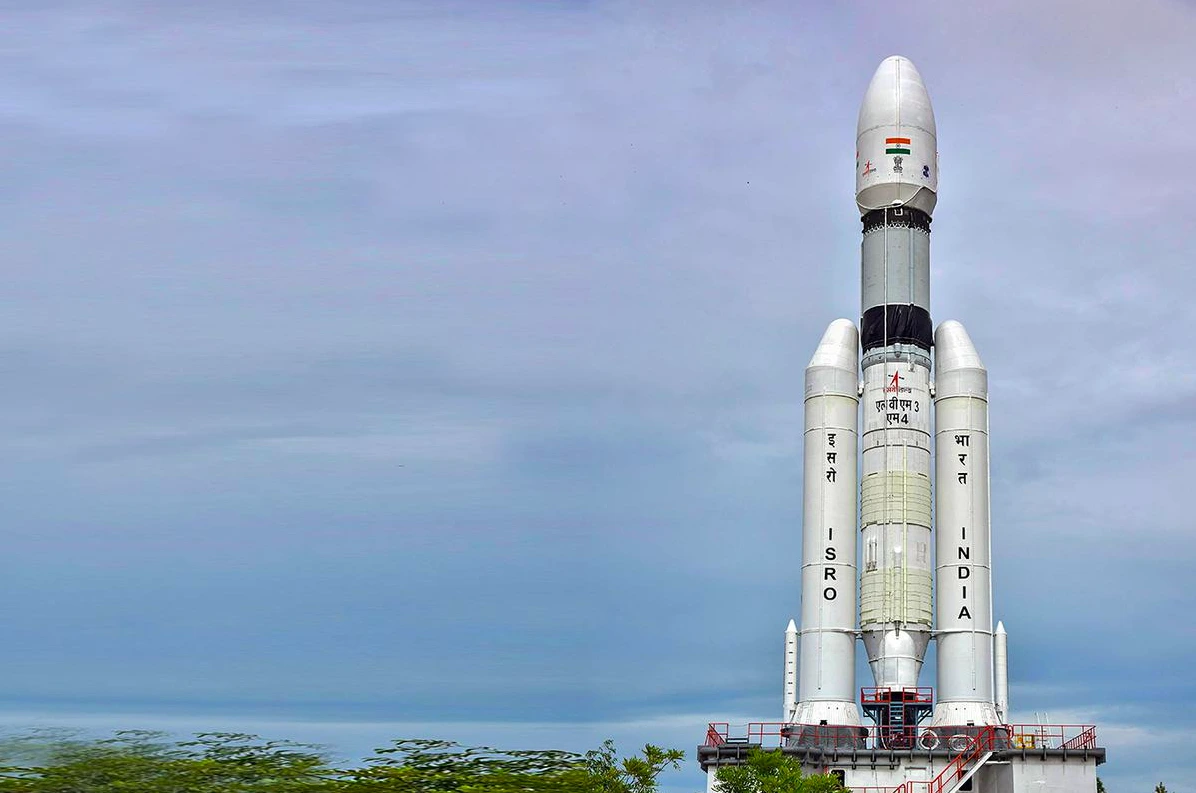Apna Chandrayaan Programme: Chandrayaan-3 of India
The ‘Apna Chandrayaan Programme’ is an impressive endeavor aimed at sparking interest in science and technology among the youth. The incorporation of captivating materials such as coloring books, quizzes, and puzzles makes the learning process enjoyable and engaging. Detailed modules on the Chandrayaan-3 mission will undoubtedly offer students an in-depth insight into lunar exploration. The initiative, launched by Union Education Minister Dharmendra Pradhan and NCERT, is praiseworthy. It’s heartening to witness such initiatives that kindle scientific inquisitiveness and promote inventive thinking among students.
Chandrayaan-3 of India, India is a land of diverse cultures and rich heritage and is now making significant progress in space exploration and education. The Chandrayaan-3 lunar mission and the National Education Policy (NEP) 2020 are two key milestones in these areas.
Chandrayaan-3: An Epic Voyage to the Moon
Chandrayaan-3 represents an audacious journey to the moon, continuing the legacy of its predecessors. This mission underscores India’s prowess in space exploration. Analogous to Chandrayaan-3’s objective of uncovering lunar secrets, the NEP aims to revolutionize our educational system by fostering innovation and discovery.
Objectives of Chandrayaan and NEP
Chandrayaan-3 and the NEP both embody a spirit of discovery and innovation. The lunar expedition aims to broaden our understanding of the moon, while the NEP strives to foster analytical thinking and problem-solving abilities in students. The policy underscores that education extends beyond mere knowledge acquisition to its effective application. Moreover, it envisages the creation of universities focused on research.
Empowering the Young Generation
Both Chandrayaan-3 and the NEP are dedicated to nurturing the potential of children. The advanced lunar mission could spark curiosity in many youngsters, motivating them to consider professions in science or engineering. Concurrently, the NEP seeks to tailor education to individual aptitudes and passions, inspiring students to venture into non-traditional career trajectories.

The NEP 2020’s five foundational pillars:
- Access: The policy is dedicated to guaranteeing universal access to high-quality education, regardless of one’s socio-economic background or geographic location.
- Equity: It highlights the need to eradicate educational disparities, ensuring that every student is given due attention. Concrete steps are taken to aid those who are less privileged.
- Quality: The NEP is committed to enhancing the standard of education by introducing a well-rounded curriculum and facilitating professional growth for educators.
- Affordability: Economic limitations should not obstruct educational goals. The NEP details strategies to render education more cost-effective and reachable, guaranteeing inclusiveness.
- Accountability: The policy emphasizes the significance of responsibility across all tiers of the education system, advocating for openness and guaranteeing educational superiority
The NEP 2020 also underscores dedication to fostering not only cognitive abilities but also social and emotional competencies. It strives to make pre-primary education universally available and guarantees that all students attain basic literacy and numeracy skills by 2025, preparing them for a swiftly evolving world
Core Principles of Chandrayaan and NEP
Inclusivity and accessibility are core values embodied by both Chandrayaan-3 and the NEP. The lunar mission intends to share its discoveries worldwide, encouraging global cooperation. In the same vein, the NEP aims for an inclusive education system that serves all, irrespective of their geographic location or socio-economic condition. It also advocates instruction in the mother tongue.
Final Words on Chandrayaan and the National Education Policy
Just like two best friends on an exciting adventure, Chandrayaan-3 and the National Education Policy are working together to shape a brighter future for India. As we cheer for Chandrayaan-3’s lunar journey, let’s also celebrate the changes that the NEP will bring to our schools. Both are promises of a better tomorrow for all of us!
Read More:
NEP 2020: A Comprehensive Guide to New Education Policy
Scientific challenges of CHANDRAYAAN-1: The Indian lunar polar orbiter mission

